Last spring, a Rockville homeowner discovered their basement ankle-deep in murky water after a routine thunderstorm. The culprit? Poor drainage from their sloping backyard overwhelmed aging gutters. This scenario plays out daily across our region, where sudden downpours test properties’ ability to handle nature’s deluge.
We’ve helped countless residents tackle these issues since 2010. Our team arrives equipped with localized knowledge—whether addressing erosion near Manassas’ historic sites or installing permeable pavers in Ashburn’s newer developments. Storm impacts don’t discriminate between urban row houses or suburban estates, which is why our water runoff solutions are designed to protect all types of properties from water damage and ensure long-term sustainability.
Consider this: 35% of rainfall becomes potential trouble for properties. It either pools around foundations or rushes toward streams, carrying pollutants. The remaining 65% evaporates harmlessly. Our mission? Shift more of that percentage into the “safe” column through intelligent landscape engineering.
From Wisconsin Avenue’s bustling DC corridor to Sudley Manor Drive’s quiet lanes, we design systems working with natural flow patterns, not against them. Custom French drains, rain gardens, and retention basins become invisible heroes – protecting structures while keeping local waterways fishable and swimmable.
Key Takeaways
- 35% of rainfall becomes potential property threats without proper management
- Localized erosion control preserves landscapes and community water quality
- Tailored drainage systems prevent structural damage and basement flooding
- Service coverage spans DC metro areas including Rockville and Ashburn
- Environmentally conscious designs meet county stormwater regulations
Introduction to Our Stormwater Management Approach
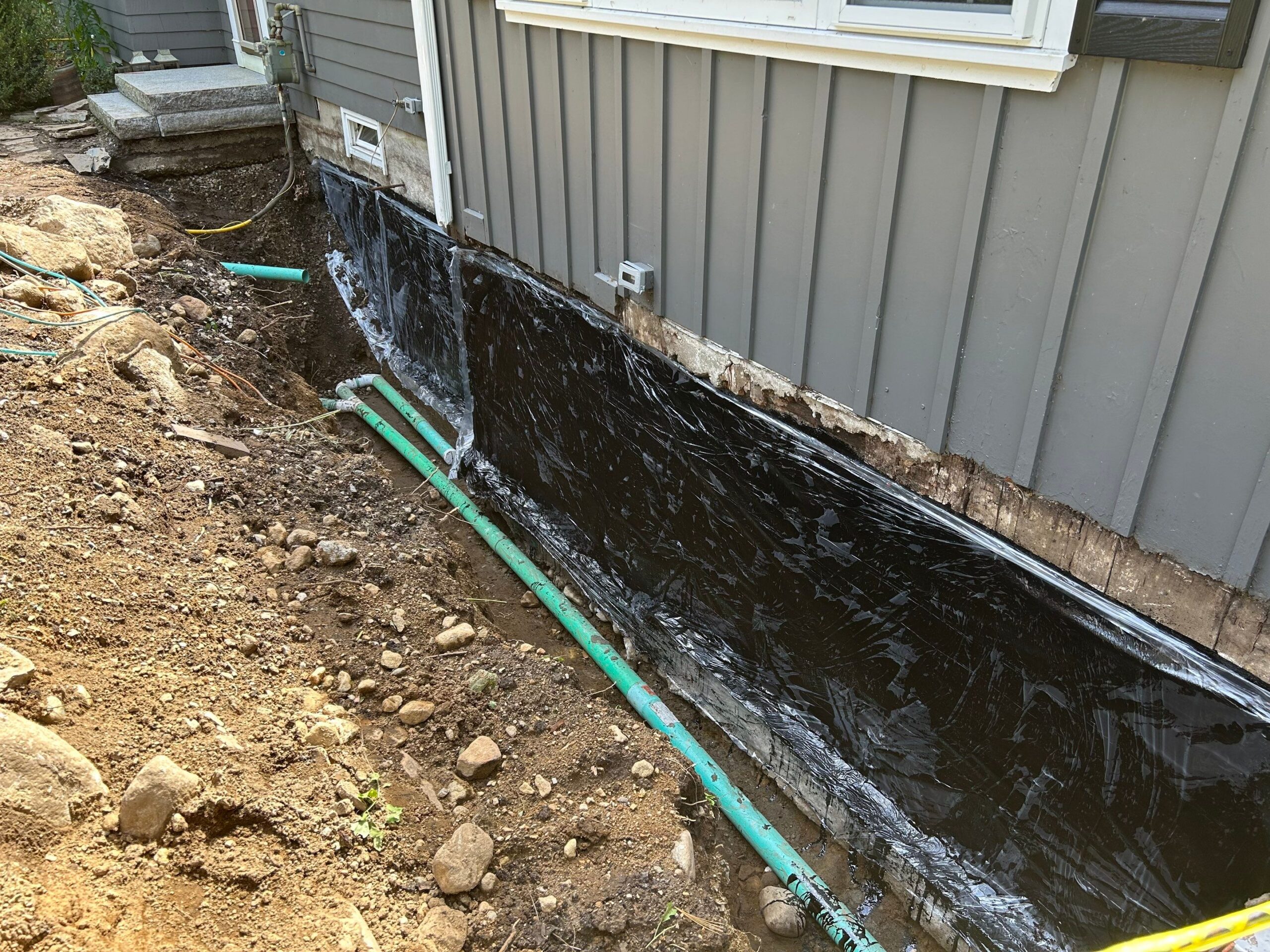
Credit: Drycrete Waterproofing
A recent Montgomery County study revealed 40% of residential complaints stem from drainage failures. These issues don’t just warp driveways or flood basements – they threaten entire ecosystems. Our strategy combines practical property protection with environmental stewardship, because what’s good for your yard should also benefit the Chesapeake Bay.
Why We Care About Stormwater Runoff
Unmanaged rain becomes a destructive force. As it flows across surfaces, it collects lawn chemicals, automotive fluids, and bacteria. We’ve seen how this toxic mix harms fish populations in Rock Creek and contributes to algae blooms in the Potomac.
Our team prioritizes natural filtration methods that clean as they redirect. By using plants and specialized soils, we create systems that remove up to 80% of pollutants before liquid reaches waterways. It’s not just about moving moisture – it’s about transforming how communities handle nature’s overflow.
Our Commitment to Eco-Friendly Practices
Every project incorporates recycled materials and native vegetation. We avoid harsh chemicals, opting instead for biodegradable treatments that safeguard groundwater. Did you know? Properly designed landscapes can absorb three times more rainfall than traditional lawns.
From permeable pavers in DC row houses to retention ponds in Loudoun County estates, our designs meet strict county regulations while preserving each property’s character. We measure success not just by dry basements, but by thriving local streams and cleaner drinking sources for all.
Understanding Stormwater Runoff and Its Environmental Impact
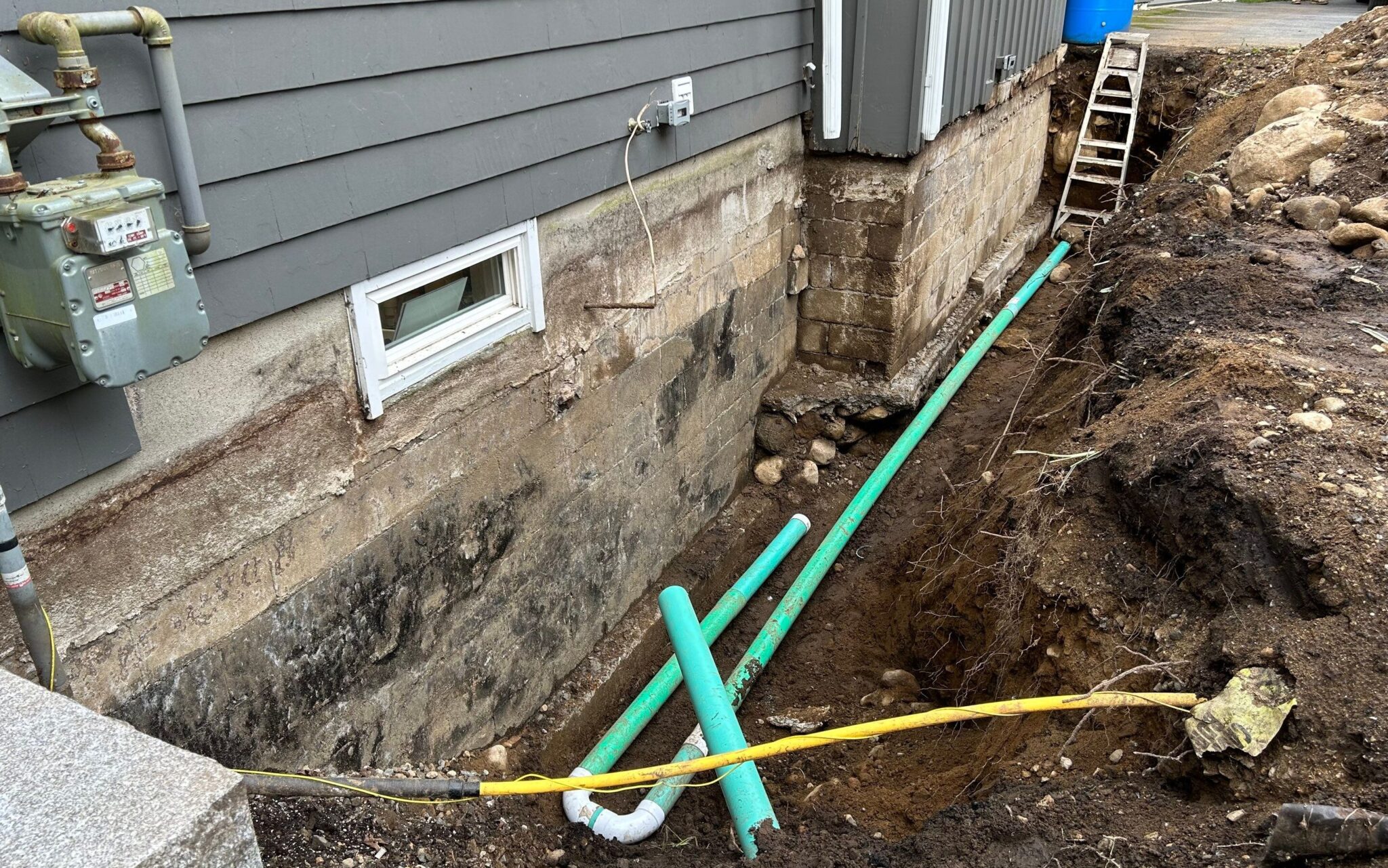
Credit: Drycrete Waterproofing
Every time it rains in our region, 200 million gallons pour onto hard surfaces – enough to fill 300 Olympic pools. Where this moisture flows determines whether it becomes a neighborhood asset or ecological liability.
From Sky to Stream: Nature’s Path Interrupted
Raindrops hitting paved areas can’t soak into the ground. Instead, they race across parking lots and driveways, gathering speed and contaminants. We’ve clocked this process moving debris 50% faster than natural absorption rates during summer storms.
| Pollutant | Common Sources | Ecosystem Impact |
|---|---|---|
| Nitrogen | Lawn fertilizers | Algae overgrowth |
| Glyphosate | Weed killers | Fish mutations |
| E. coli | Pet waste | Beach closures |
| Heavy metals | Brake pads | Toxic sediments |
When Clean Rain Turns Toxic
What starts as pure rainwater becomes chemical soup within minutes. A single teaspoon of motor oil can contaminate 1,000 gallons. We regularly find lawn treatments in 80% of samples from Rock Creek tributaries.
These pollutants team up like wrecking crews. Excess nitrogen feeds algae that block sunlight. When the algae die, decomposition sucks oxygen from streams. Last year, this cycle created 18 dead zones in Potomac tributaries.
Our team intercepts these threats using surface-friendly designs. Strategic plantings and specialized soils filter contaminants before they reach storm drains. It’s like giving nature a second chance to clean itself.
Innovative Water Runoff Solutions for Your Property
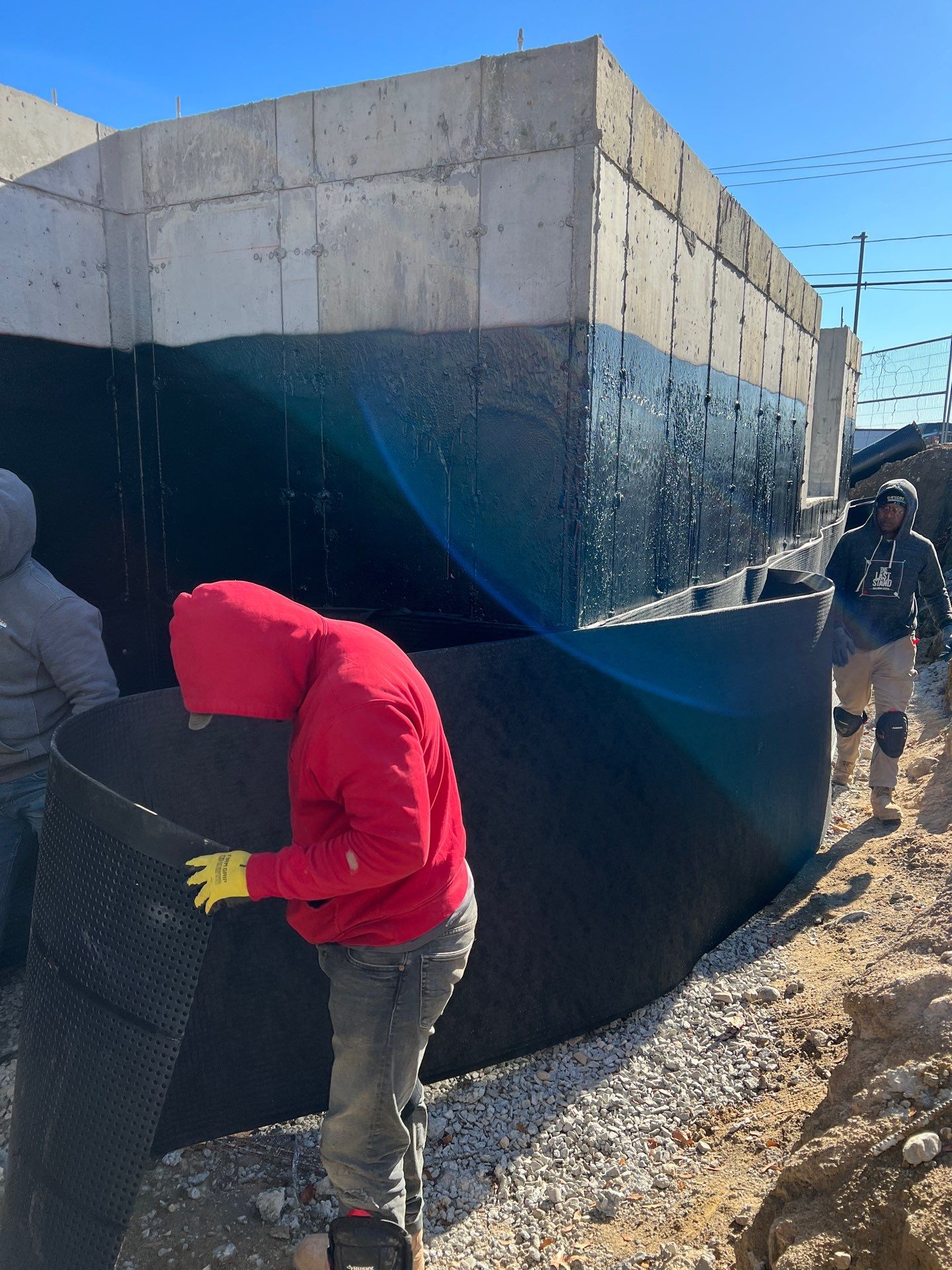
Credit: Drycrete Waterproofing
Many homeowners face soggy lawns after summer storms, unaware their landscape could become part of the solution. Our team transforms problem areas into functional assets using nature-inspired designs that blend seamlessly with your outdoor space.
Groundbreaking Approaches for Modern Landscapes
Permeable pavers revolutionize hard surfaces by letting moisture seep through gaps into the earth below. Unlike solid concrete, these interlocking stones reduce puddling while maintaining walkway integrity. For clients in Ashburn’s newer developments, we’ve paired them with decorative gravel for enhanced drainage and curb appeal.
Rain gardens serve dual purposes as floral displays and filtration systems. These shallow basins collect excess moisture during downpours, allowing native plants to naturally purify it over 12-48 hours. A Bethesda client’s vibrant garden now prevents 200 gallons of pollutants from reaching Rock Creek annually.
Underground cisterns offer hidden storage for irrigation needs. We recently installed a 1,500-gallon model beneath a Manassas patio, capturing roof moisture for drought-season watering. Homeowners love reducing utility bills while keeping their yards lush.
Smart Enhancements for Healthier Soil
Rain barrels provide simple entry points for eco-conscious property owners. Our team positions these containers strategically beneath downspouts, maximizing collection without disrupting aesthetics. A single barrel can save enough moisture to hydrate a vegetable garden for weeks.
Core aeration proves vital for compacted earth. By creating small channels in your turf, we help roots breathe and absorb moisture more effectively. One Arlington homeowner saw 70% less pooling after we aerated their clay-heavy yard.
Combining these methods creates layered protection. A Rockville residence now uses permeable pavers for driveways, rain gardens along slopes, and aerated lawns – cutting storm-related issues by 90%. We design systems that work harder where it matters most.
Addressing Drainage Challenges with Integrated Systems
A Chevy Chase client watched their newly paved patio become a seasonal pond until we implemented a three-part strategy. Properties often need layered defenses against moisture issues – that’s where combined technologies shine.
Exploring Channel Drains, French Drains, and Catch Basins
Channel drains act as invisible protectors for hard surfaces. Installed flush with driveways or pool decks, these linear systems guide moisture through underground networks. We recently transformed a Silver Spring parking area using stainless steel grates that handle 25 gallons per minute.
| Solution | Best For | Cost Range | Lifespan |
|---|---|---|---|
| French Drains | Foundation protection | $2,800-$6,500 | 25+ years |
| Catch Basins | Surface collection | $8-$30/ft | 15-20 years |
| Channel Drains | Paved areas | $30-$150/ft | 20-30 years |
French drains work like underground rivers. Perforated pipes buried in gravel beds redirect groundwater away from vulnerable foundations. One Alexandria homeowner prevented $18,000 in structural repairs after we installed a 60-foot system along their sloping yard.
“The combination of catch basins and French drains saved our basement during last month’s hurricane,” shared a McLean resident.
Catch basins serve as strategic collection points. Their slotted tops gather moisture while filtering debris – crucial for properties near wooded areas. Paired with proper grading, these components create self-regulating networks that adapt to seasonal changes.
Our team blends these elements based on soil composition and landscape contours. Integrated systems typically reduce maintenance costs by 40% compared to single-method approaches, making them smart investments for long-term property health.
Maintaining Your Drainage and Landscape Systems
Autumn leaves in Arlington often reveal hidden issues – clogged gutters backing up, channel drains choked with debris. These seasonal challenges show why proactive care matters. Well-maintained systems work like silent guardians, protecting properties year-round while supporting local ecosystems.
Seasonal Checkups for Lasting Performance
We schedule inspections when they matter most – after leaf fall, before spring rains. Our team recently found cracked pipes in a McLean French drain during a routine fall check, preventing basement flooding during winter thaws. Did you know? 90% of system failures stem from preventable issues like sediment buildup.
Eco-conscious care starts with native plants. Switchgrass and black-eyed Susans thrive in our climate while filtering contaminants. A Bethesda rain garden we maintain processes 30% more stormwater than non-native alternatives, thanks to deep root systems.
| Maintenance Task | Frequency | Key Benefit |
|---|---|---|
| Catch basin cleaning | Twice yearly | Prevents blockages |
| Soil testing | Annually | Optimizes absorption |
| Plant health checks | Seasonally | Ensures filtration |
“Their maintenance plan caught a failing drain before it flooded our new patio,” shared a Leesburg homeowner. “Now we enjoy peace of mind with every storm.”
Healthy soil acts as nature’s sponge. We aerate compacted areas and add organic matter, boosting moisture retention. Combined with strategic drainage upkeep, these practices extend system lifespans while meeting county management standards.
Our clients receive customized checklists – simple tasks like clearing gutter screens paired with professional services for complex components. This balanced approach keeps landscape systems effective decade after decade.
Service Areas and Contact Information
We’re rooted in your community, ready to protect homes and businesses across the DC metro region. Our team understands local soil types, zoning rules, and seasonal weather patterns – knowledge that shapes every stormwater strategy. Whether you’re in a historic neighborhood or new development, we create landscapes that solve moisture issues while enhancing outdoor spaces.
Washington, DC
2315 Wisconsin Ave NW
Urban properties benefit from our compact design solutions. We tackle basement seepage and sidewalk flooding common in Capitol Hill and Georgetown areas.
Rockville, MD
330 N Stonestreet Ave, Unit S
Serving suburban property owners, we address sloping yard challenges and foundation protection in Montgomery County communities.
North Bethesda, MD
5014 Nicholson Ln
Our experts specialize in commercial site drainage and residential erosion control for Potomac Valley neighborhoods.
Manassas, VA
10748 Sudley Manor Dr
Preserving historic areas while implementing modern drainage techniques remains our focus in Prince William County.
Ashburn, VA
44121 Leesburg Pike Unit 170
New construction sites and established landscapes alike receive customized attention in Loudoun County’s growing communities.
Let’s Start Your Project
Reach us at info@dmvwp.com for fast responses to any outdoor moisture concerns. We’ll help you navigate county regulations while crafting systems that protect your property and local streams.
FAQ
What’s the best way to manage excess rain on sloped properties?
We combine terracing, swales, and native plants to slow flow and absorb moisture. Permeable pavers or gravel pathways also help redirect drainage naturally while keeping soil stable.
How do integrated systems like French drains protect against erosion?
These systems collect and redirect storm flow away from vulnerable areas. By pairing them with vegetation or rock layers, we reduce soil displacement and keep landscapes intact during heavy downpours.
Can rain gardens handle large volumes during storms?
Absolutely! Designed with deep-rooted plants and layered soil, they temporarily store and filter rainfall. We size them based on your property’s needs to manage even intense events effectively.
Are permeable pavers durable for driveways in winter?
p>A: Yes—they’re built to withstand freeze-thaw cycles. Their open structure allows melting snow to seep through, minimizing ice buildup and reducing slip risks.
Do rain barrels require much upkeep?
Very little! We recommend seasonal cleaning and disconnecting them in freezing temps. They’re a low-effort way to harvest rainfall for gardens while easing pressure on local drains.
How often should drainage systems be inspected?
We suggest checking channels, basins, and downspouts twice a year—especially after fall foliage or spring storms. Quick cleanouts prevent clogs and keep everything flowing smoothly.
What eco-friendly steps do you take to protect local streams?
We avoid harsh chemicals, use organic mulch, and prioritize native species. Our designs filter pollutants like oils and fertilizers before they reach waterways, supporting healthier ecosystems.
Can you service commercial properties in Ashburn or Rockville?
Of course! Our teams in Ashburn, VA, and Rockville, MD, handle both residential and commercial projects. Reach out to info@dmvwp.com to discuss your site’s needs.
Are aeration systems worth the investment for lawns?
They’re game-changers! Aerating compacted soil improves absorption, reduces pooling, and boosts root health. Pair it with compost topdressing for long-term drainage benefits.
How quickly can you address emergency flooding issues?
Contact us immediately—we prioritize urgent cases and often deploy same-day assessments. Temporary pumps or sandbags can be placed while we plan permanent fixes.


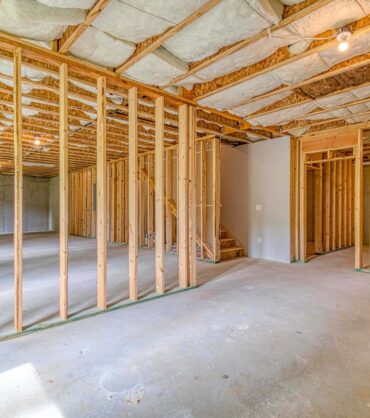
![[GetPaidStock.com]-680786795b816 [GetPaidStock.com]-680786795b816](https://dmvwp.com/wp-content/uploads/2025/04/GetPaidStock.com-680786795b816-370x418.jpg)
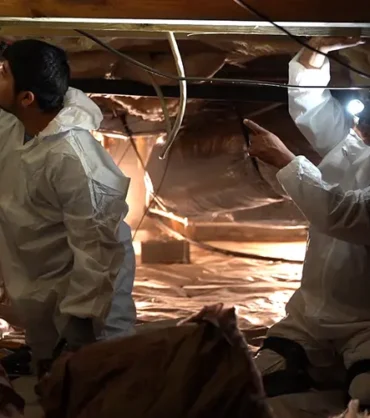
![[GetPaidStock.com]-682c400c87c15 [GetPaidStock.com]-682c400c87c15](https://dmvwp.com/wp-content/uploads/2025/04/GetPaidStock.com-682c400c87c15-370x418.jpg)
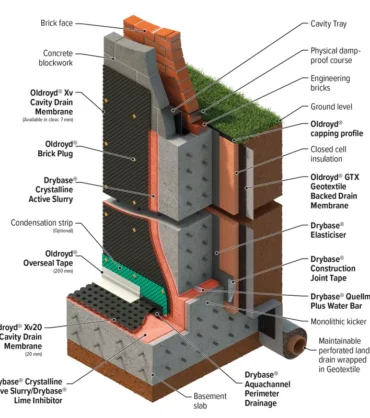
![[GetPaidStock.com]-682c413fa898e [GetPaidStock.com]-682c413fa898e](https://dmvwp.com/wp-content/uploads/2025/03/GetPaidStock.com-682c413fa898e-370x418.jpg)